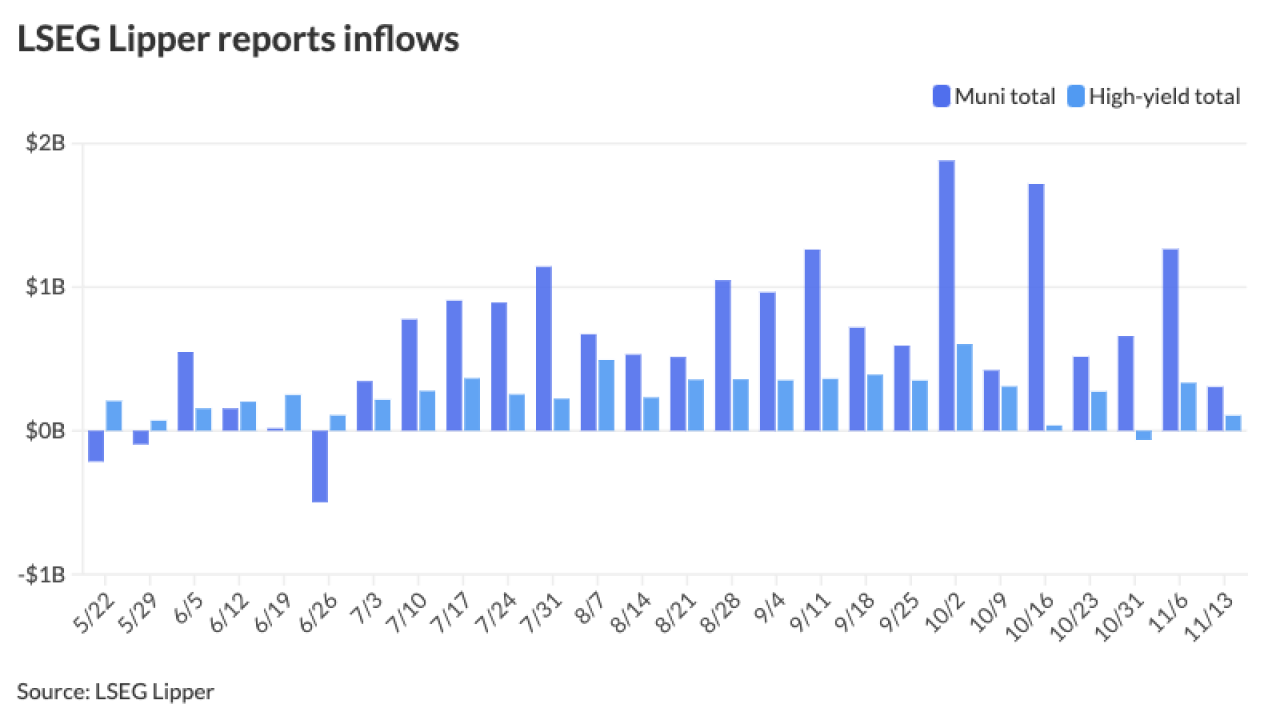
Drew University's bonds went deeper into junk territory after Moody's Investors Service cited the small Madison, N.J., private college's "unsustainable operating deficits" and weakening reserves.
Moody's on Friday dropped Drew's series 2003C bonds two notches to B2 from Ba3 and Series 2007D and its series 2008B bonds three notches to B3 from Ba3. A mortgage pledge on financial facilities contributed to the rating differential on the 2003 bonds, according to Moody's. Both ratings were assigned a negative outlook.
The debt was issued through the New Jersey Higher Educational Facilities Authority.
"Significant operating deficits are now expected to last longer than previously projected by the university," said Moody's analyst Pranav Sharma. "Achieving a financial turnaround will be difficult given a highly competitive student market limiting prospects for near term revenue growth."
Sharma noted that Drew has "depleted" its unrestricted liquidity and for working capital is reliant on loans and distributions from temporarily restricted endowment assets. In the event of a default, prospects for a full recovery to bondholders are "favorable" due to the value of the university's campus facilities, Sharma said.
The latest Moody's action marked the second time in 15 months that Drew's bond rating has been slashed. Moody's cut the school's revenue bonds to Ba3 from Baa3 in December 2015.
The Drew University press office did not immediately respond to a request for comment on the latest credit downgrade.
Drew's rated bonds, series 2003C, 2007D and 2008B, are general obligations of the university and all fixed-rate. The Series 2003C bonds, which have $12.3 million in debt outstanding, are additionally secured by a debt service reserve fund and a mortgage on the school's Simon Forum and Athletic Center, according to Moody's. The 2007 and 2008 bonds represent $25 million and $1.7 million in debt, respectively.
Drew enrolls roughly 1,900 students and generates $74 million in revenue, according to Moody's. The university's rating could improve if it can experience significant and sustained financial performance improvements along with increases in unrestricted cash flow and investments, Sharma noted. The outlook could worsen if operating deficits worsen and endowments shrink beyond current projections.





